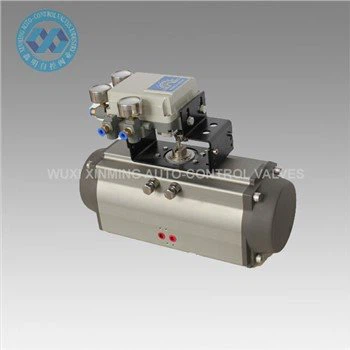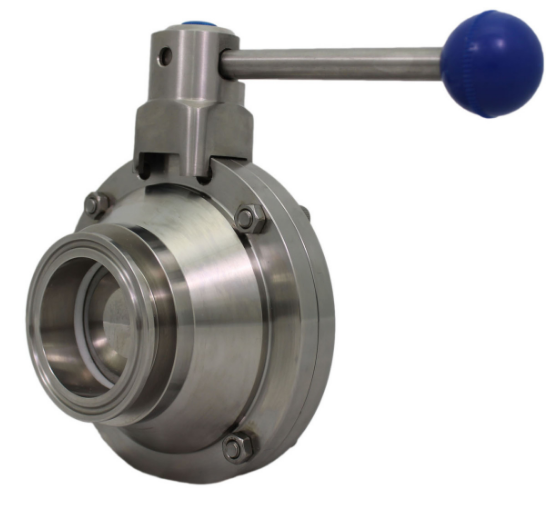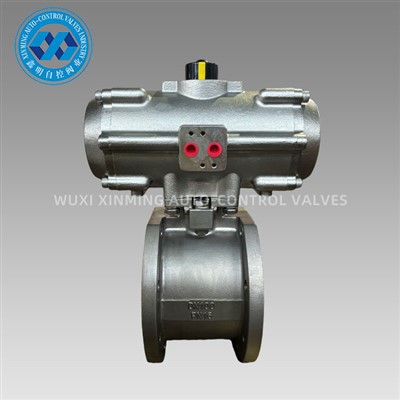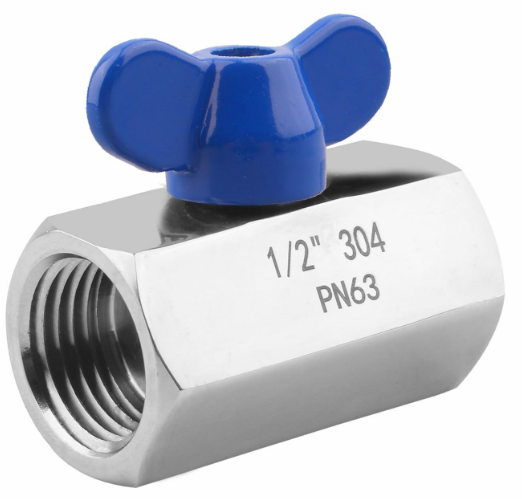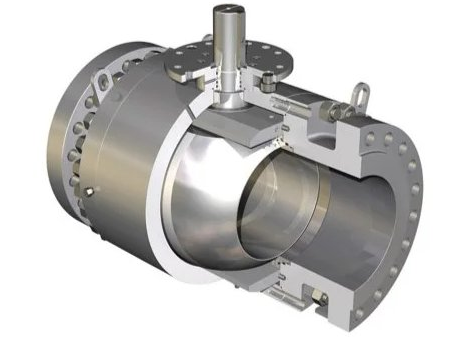What is an Electric Pneumatic Actuator Hybrid?
An electric pneumatic actuator hybrid is an advanced motion control device that integrates both electric and pneumatic actuation technologies into a single unit. This hybrid design allows industries to combine the high speed and force output of pneumatic systems with the precision and programmability of electric actuators.
Such actuators are increasingly used in modern industrial automation, especially in applications where flexibility, efficiency, and energy optimization are critical.
How the Hybrid System Works
The electric-pneumatic hybrid actuator operates using a dual-drive concept:
-
Pneumatic Power – Provides quick, high-force movements for operations such as valve opening or closing.
-
Electric Control – Offers precise positioning, torque control, and integration with PLC or IoT systems.
-
Hybrid Coordination – The electric motor can fine-tune movements after pneumatic actuation, ensuring both speed and accuracy.
This combination allows for energy savings and better process control, especially in dynamic manufacturing environments.
Key Advantages of Electric Pneumatic Hybrid Actuators
-
High Speed + High Accuracy – Pneumatics handle rapid movement; electric control ensures precision.
-
Energy Efficiency – Electric control reduces air consumption by optimizing pneumatic usage.
-
Improved Reliability – Redundant actuation modes mean the system can operate even if one drive method fails.
-
Enhanced Automation – Compatible with smart manufacturing systems, SCADA, and Industry 4.0 standards.
-
Versatility – Suitable for both heavy-duty and fine-control applications.
Common Applications
Electric pneumatic actuator hybrids are used across a range of industries:
-
Valve Automation – Especially in oil & gas, water treatment, and chemical processing.
-
Robotics – For arms requiring rapid movement and accurate positioning.
-
Material Handling – Optimizing conveyors, lifts, and clamping systems.
-
Packaging Machinery – Speed for production, precision for sealing and cutting.
-
Process Control Systems – Fine regulation in temperature, pressure, or flow control.
How to Select the Right Hybrid Actuator
When choosing an electric pneumatic actuator hybrid, consider:
-
Torque & Force Requirements – Match actuator output to load conditions.
-
Control Interface – Ensure compatibility with your PLC or DCS system.
-
Operating Environment – Select corrosion-resistant materials for harsh settings.
-
Maintenance Access – Design should allow quick inspection and servicing.
-
Energy Consumption Goals – Look for models with optimized air usage and low power draw.
Maintenance Tips for Hybrid Actuators
-
Monitor Air Quality – Keep pneumatic lines free from moisture and particulates.
-
Check Electrical Connections – Prevent signal loss or control errors.
-
Lubricate Moving Parts – Reduce wear on both pneumatic and electric components.
-
Regular Calibration – Maintain precise motion control through periodic checks.
Conclusion
The electric pneumatic actuator hybrid represents a significant step forward in actuator technology, offering the best of both worlds: the power and speed of pneumatics with the control and intelligence of electric drives. As industries push toward smart manufacturing and energy efficiency, hybrid actuators are poised to become the standard in high-performance automation.
If you want to learn more about low-priced products, please visit the following website: www.xm-valveactuator.com







